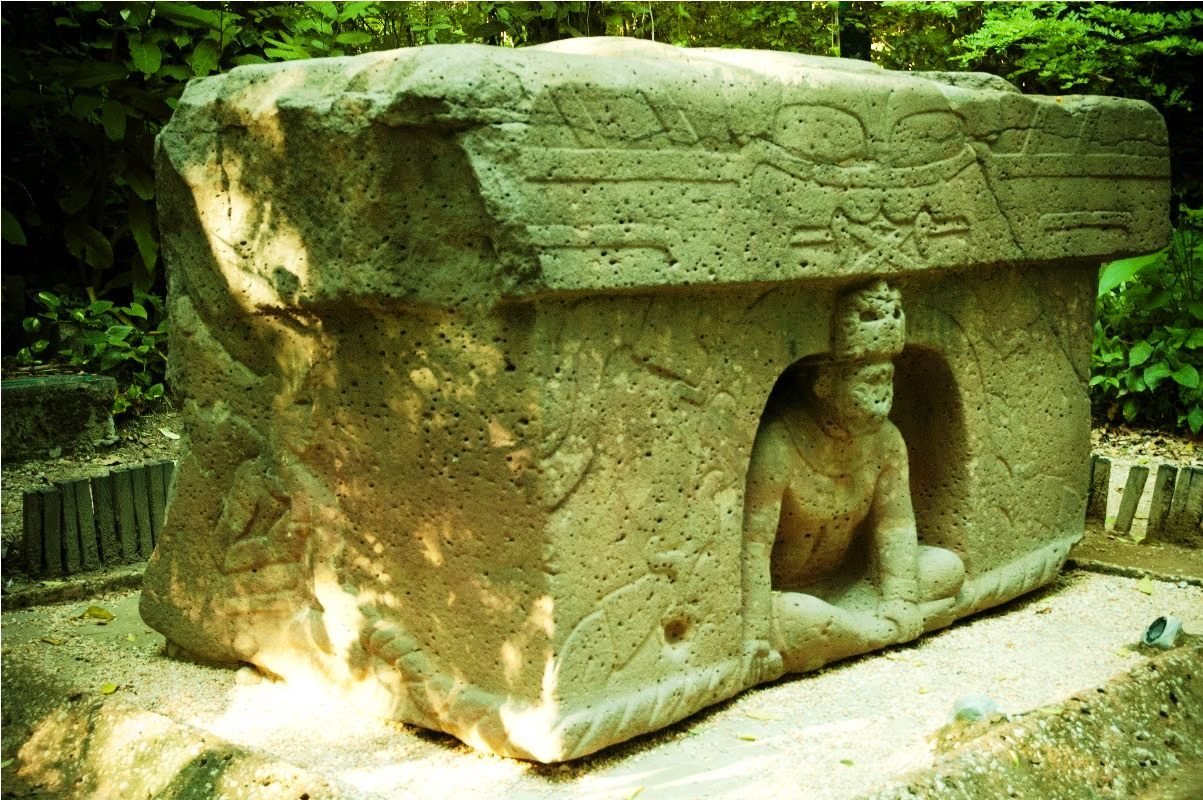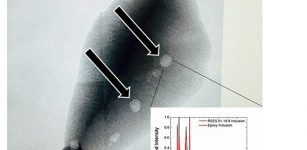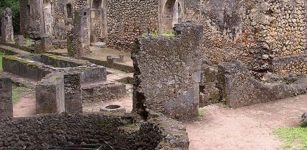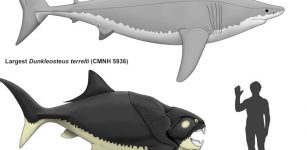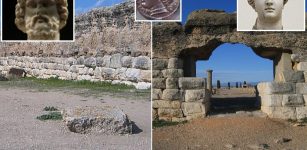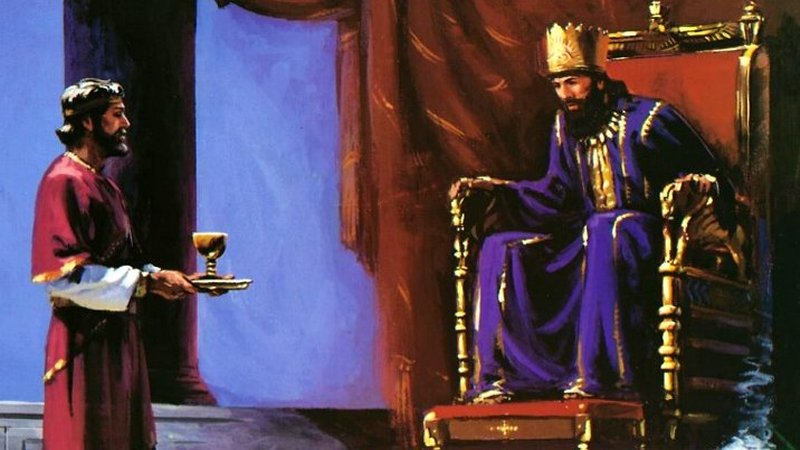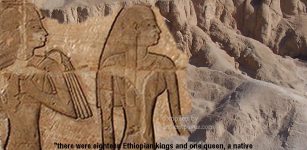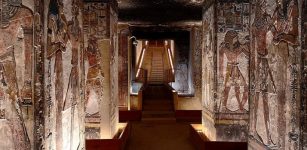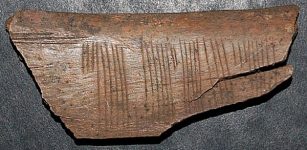Olmec Civilization Remains An Intriguing Ancient Puzzle
MessageToEagle.com – At the time, the Spaniards arrived, the Olmec civilization, had already emerged and disappeared. Even today, much of the Olmec history is shrouded in mystery.
It is believed that this remarkable civilization existed between 1200 BC – 400 BC.
We know far less about the Olmec people than we do about the Aztecs and Mayans and there are very few written records that could enrich our knowledge about this culture. At first, Olmec artifacts were believed to belong to the Mayans, the first great culture in the area.
Archaeologists have long debated what connection the Olmec had with other, neighboring Mesoamerican cultures; what language they spoke and just who they were.
Moreover, we do not even know the name by which they referred to themselves.
Before World War II, archaeologists still believed that the Mayans represented the great ‘Mother Culture’ of Mesoamerican civilization and that the Olmec could not have predated the Mayan. Radiocarbon dating in the 1950’s proved the Olmec culture did, in fact, predate the Mayan.
The Olmec’s possible physical appearance has not been defined easily. The bones discovered in the graves were found decomposed (due to the extreme salinity and dampness) did not help to form a clear picture of what the Olmec people really looked like.
See also:
The Olmecs – Who They Were, Where They Came From Still Remains A Mystery
Mysterious Jade Artifact Of The Olmecs
Seated Female Olmec Figure With Polished Hematite Disk
Fearsome Aztec Eagle Warriors And Jaguar Warriors Of Mesoamerica
More Fascinating Ancient Civilizations And Places
However, numerous stone figures led to the conclusion that they were people of small stature, rounded heads and faces, well-formed bodies, slanted, heavy-lidded eyes and short wide noses, thick lips and mouths slanting downwards at the corners.
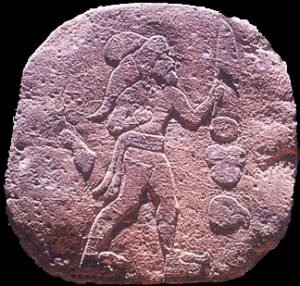
There are also other different sculptures that confuse the real image of an Olmec man because they represent men with jaguar features that relate to mythical figures.
Jaguar Spirit was Olmec chief god – that looks over the Kingdom. The Olmec believed they were descended from a Jaguar God, who they depicted with a cleft head, large eyes and feline snout.
The Olmec had several very important centers. San Lorenzo, was the first Olmec ceremonial center that arose about 1200 BC but was abandoned about 900 BC, while most of San Lorenzo monuments were destroyed about 950 BC.
At about the same time, La Venta – located on a large island surrounded by swamp – began to flourish and became the Olmec’s most prominent political center and home to rulers and their families and ordinary inhabitants, of which unfortunately nothing is known.
In a central complex of La Venta, there were gigantic heads and sculpted slabs and statues accompanied by pyramids and courtyards covered with mosaic.
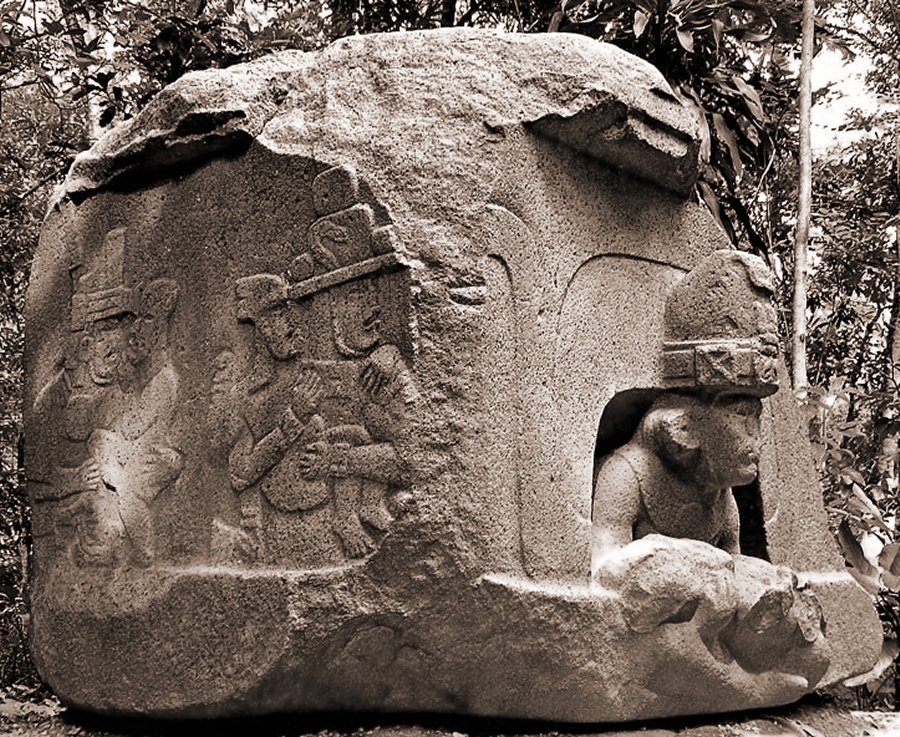
Excavations revealed seventy-seven carved stone monuments, including four colossal heads; four multi-ton greenstone offerings, mosaic pavements of serpentine blocks, a tomb of basalt columns. Other findings included numerous small jade figurines, iron-ore mirrors, pottery and one collection of 16 human figures carved in jade and arranged in a circle.
La Venta was abandoned around 400 BC, residents left their city and the stone sculptures were deliberately broken or damaged, and their pieces arranged on the banks of the nearby slopes, where they were buried.
Copyright © MessageToEagle.com All rights reserved. This material may not be published, broadcast, rewritten or redistributed in whole or part without the express written permission of MessageToEagle.com
Expand for references

